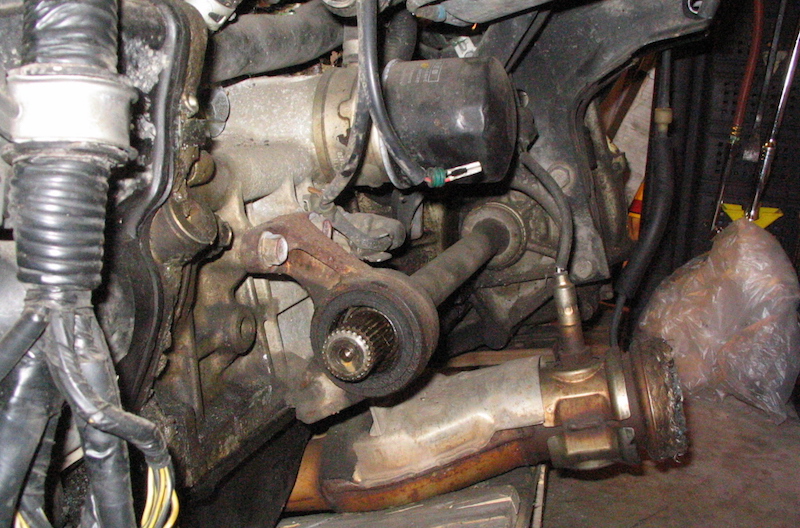So you turn the key, your car starts and a whole array of dashboard lights come on, as usual, to do their bulb check. They all go out except for one: the check engine light (CEL). No doubt you know that an illuminated CEL means that your powertrain control module (PCM) has stored a trouble code, meaning that a sensor for a system in the engine or transmission has registered a reading that's out of spec. You probably also know that you can then hook up a code scanner to the car's diagnostic port (usually located underdash) and quickly access the codes.
With the advent of OBD-II in the mid-90s, a standardized set of trouble code protocols was adopted for all makes and models. This makes diagnosis and troubleshooting a lot less of a guessing game, and can quickly point you in the right direction. Where it gets tricky, however, is in interpreting those codes and being able to "read the tea leaves" as one problem might trigger a string of related codes.
Note: Code scanning is one of the free services available at your local Advance Auto Parts store.

What It Means
Your engine's fuel delivery system relies on information from the manifold absolute pressure (MAP) sensor, the mass air flow (MAF) sensor and intake air temperature (IAT) or ambient air temperature (AAT) sensor to calculate fuel metering. Air pressure and temperature both have an effect on the density of air, so this information is important for the fuel system.
The AAT sensor has another job, though: along with the engine coolant temperature sensor and IAT sensor, it helps control and regulate the car's HVAC system and the display of outside air temperature.
What Happens If I Ignore It?
You might notice hard starting or rough idle, but chances are your car's climate control or HVAC system won't work properly.
Possible Fixes
On many vehicles, the ambient air temperature sensor is located behind the grille, near the radiator. Check first to make sure that the sensor isn't compromised by wiring problems like corrosion or loose terminals, and that it isn't contaminated by dirt or road debris. You can also use a multimeter to check and make sure that readings from the sensor are within normal parameters; if not, then chances are the sensor has failed and needs to be replaced.
Diagnosis on this code can be tricky, as it's sometimes accompanied by other codes related to the ECT and MAP sensors. Additionally, on some vehicles it may take reprogramming of the PCM. Techs report that this is a common problem on certain Audi, BMW, VW, Volvo, Chrysler/Dodge/Jeep and Ford vehicles. As always, it's a good idea to check for manufacturer recalls or service bulletins for your vehicle.
Is this a code you've come across? Let us know in the comments.








